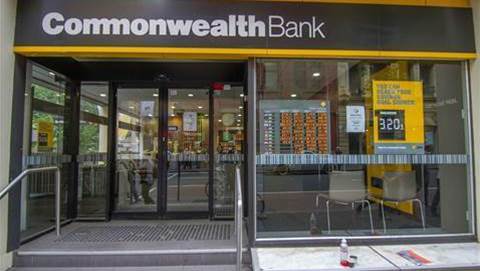Westpac is entering a new strategic phase that will see it fast-track digital initiatives as well as continue working through its ongoing CORE program.
CEO Peter King said the bank’s refreshed focus will target customer satisfaction and competitive advantage improvements in the market.
In its 2023 half-year results, King said Westpac is “set up well to navigate a more difficult operating environment together with our customers” as inflation and cost of living pressures continue to bite.
CORE progress
Westpac's customer outcomes and risk excellence (CORE) program, which was kicked off at the behest of financial regulators, is now 87 percent complete. Some risk aspects of the agenda will extend beyond 2023.
Within the program, its different phases - design, implementation, embed - are at various points of completion.
The program has some technology-oriented aspects, including around technology risk and data risk [pdf].
Simpler bank
Westpac said in the half that it had reduced its need for office space by 12 percent and exited nine businesses.
It also decommissioned 120 applications and saw a 46 percent drop in technology incidents.
Westpac also co-located 50 branches: co-located branches include banking services for Westpac and St George such as an iPad kiosk and dedicated concierge to help customers navigate the new site.
“Last year, I outlined our branch co-location strategy, and that's bringing multiple branches under one roof," King said.
"With 96 percent of transactions occurring either over the phone or digitally, that is our primary channel.
“But face-to-face banking is [still] important for some customers. Co-location is part of striking the right balance between physical and digital banking.
“We're also extending our virtual branch offer and this is great for our regional and remote in particular.
"[In addition], we're piloting ‘video anywhere’ allowing customers to connect with bankers like comfort their home.”
Technology costs and investment
King said Westpac’s operating expenses dropped seven percent while its investment spend was down eight percent, or $79 million lower at $868 million compared to the prior corresponding period.
From its investment spend, the bank reported 38 percent was allocated to efficiency initiatives and 62 percent was focused on risk and compliance.
Its efficiency initiatives covered its open banking API to third party brokers and the rollout of new app features.
Its new banking app features a personal financial management function, voice-to-search, customer digital fixed rate mortgage refinancing capabilities and an ‘expense splitter’ which lets some customers split and track shared payments.
Other technology-oriented initiatives in the period included:
- Digitisation of paper forms to improve service requests in its consumer and business banking.
- The acceptance of joint borrowed applications under its digital mortgage offering
- The rollout of about 28,000 EFTPOS Air terminals across Australia
In addition, as part of its cyber security and digital banking measures the bank rolled out various initiatives including Westpac Verify that checks for "mismatched" account information via the New Payments Platform (NPP) and dynamic CVC.
Westpac’s operating expenses dropped seven percent to $4.988 billion with $1.054 billion put towards technology costs.
These technology costs dropped six percent from the same time the year prior but were partially offset by higher software maintenance and licence costs.
The bank recorded a net profit of $4.001 billion, up 22 percent on the prior corresponding period.

























